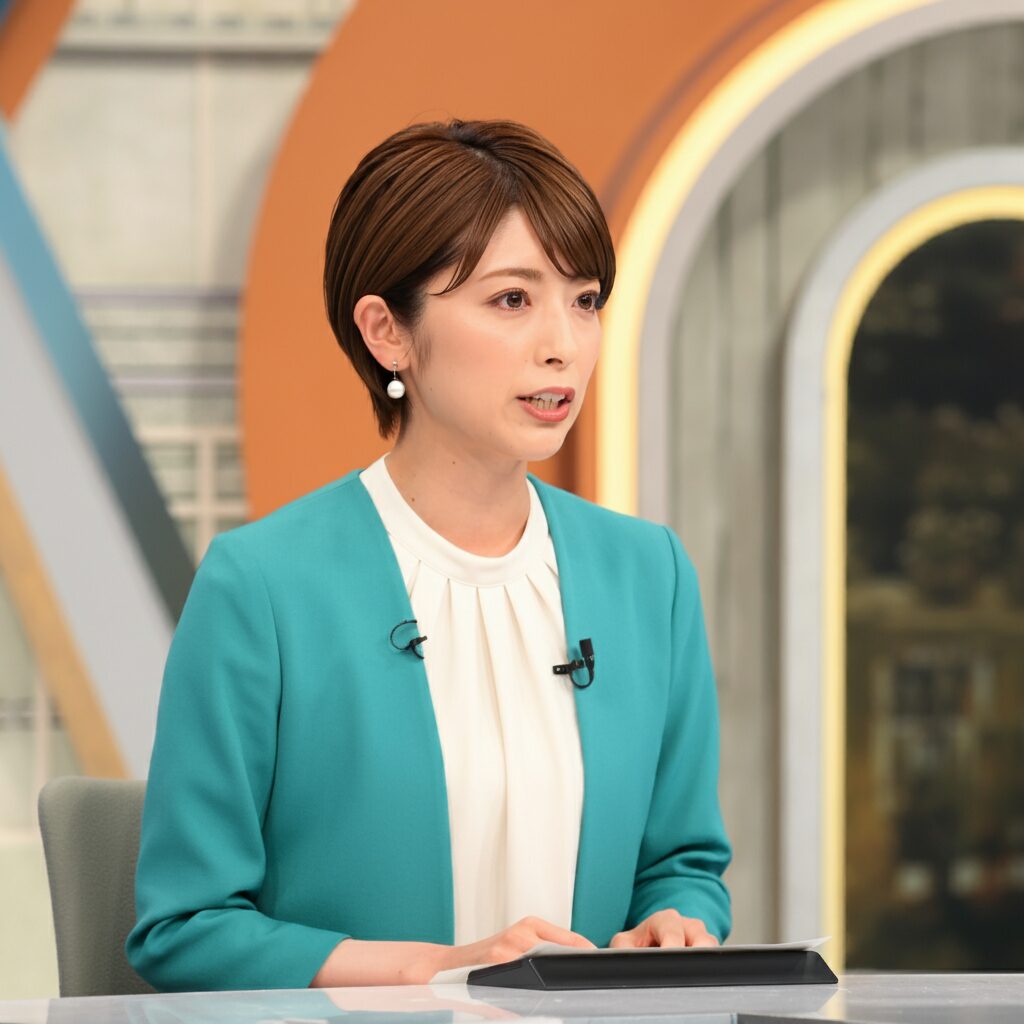
Beyond the Veil: Experiencing Japan’s Unique “Bone Washing & Funeral Method” Guidance Facility Exhibition
Imagine a journey that delves into the very essence of Japanese culture, offering a profound glimpse into traditions that honor life and the spiritual journey of loved ones. While the thought of a “bone washing and funeral method” exhibition might initially seem somber, prepare to be surprised. The Guidance Facility Exhibition (Bone Washing, Funeral Method), recently published by the Japan National Tourism Organization (JNTO) on July 10, 2025, promises an immersive and enlightening experience that will deepen your understanding of Japan and perhaps even inspire a unique perspective on life itself.
This isn’t just another museum display; it’s an invitation to witness, learn, and connect with deeply ingrained Japanese rituals. Designed to be accessible and engaging, this exhibition offers a sensitive yet informative exploration of the intricate processes surrounding death and remembrance in Japan.
What Awaits You: A Journey of Respect and Ritual
The exhibition focuses on two key, often misunderstood, aspects of Japanese funeral customs:
-
Bone Washing (骨上げ – Kotsuage): This is perhaps the most visually striking and spiritually significant part of a Japanese funeral. After cremation, the ashes are carefully collected. In a deeply respectful ceremony, family members use specialized chopsticks to pick up the bone fragments and place them into an urn. This act is known as kotsuage, or “bone lifting.” The exhibition will likely showcase the tools used, the specific order in which bones are transferred (following a particular pattern for auspiciousness), and the solemnity of this final communal act of care. You’ll gain an appreciation for the profound connection between the living and the departed, and how even in death, there is a continuation of family unity.
-
Funeral Methods (葬儀方法 – Sōgi Hōhō): Japan has a rich tapestry of funeral practices, with the most common being Buddhist ceremonies. However, regional variations and evolving traditions mean there’s much to discover. The exhibition will likely illuminate the diverse rituals, from the preparation of the deceased, the chanting of sutras by monks, to the arrangements for mourners and the subsequent mourning period. You’ll learn about the significance of various elements like incense, flowers, and symbolic gestures, understanding how each contributes to the spiritual peace of the departed and the comfort of the bereaved.
Why You Should Experience This Exhibition: More Than Just a Spectacle
This isn’t about morbidity; it’s about cultural immersion and profound learning. Here’s why this exhibition should be on your Japan travel radar:
- Deepen Your Understanding of Japanese Values: The exhibition offers a unique window into the Japanese emphasis on respect, family continuity, and the spiritual well-being of all individuals, even after death. It’s a chance to appreciate the deep-seated cultural values that shape Japanese society.
- Encounter Beauty in Tradition: While the subject matter might seem somber, the rituals themselves are often imbued with a quiet beauty and a sense of order. Witnessing the meticulous care and devotion involved can be a moving and aesthetically enriching experience.
- Connect with a Universal Theme: The themes of life, death, and remembrance are universal. By exploring Japan’s unique approach to these themes, you can gain new perspectives on your own cultural background and the human experience.
- A Unique Travel Memory: In a world saturated with tourist attractions, experiencing something as unique and culturally specific as this exhibition will undoubtedly create a lasting and meaningful memory of your travels. It’s a story you’ll want to share.
- Educational and Respectful Presentation: The JNTO’s commitment to providing multilingual guidance suggests a focus on making this experience accessible, informative, and above all, respectful to all visitors. You can expect a well-curated and sensitive presentation.
Planning Your Visit: What to Expect and How to Prepare
While specific details of the exhibition’s location and operating hours are not yet available from the provided link, here are some general tips to enhance your experience:
- Go with an Open Mind: Approach the exhibition with curiosity and a willingness to learn. Avoid preconceived notions, and allow the traditions to speak for themselves.
- Read Up (if possible): Before your visit, a little research into general Japanese funeral customs might help you appreciate the nuances presented in the exhibition.
- Observe and Reflect: Take your time to observe the displays, read the explanations (in multiple languages, thankfully!), and reflect on what you are learning.
- Consider the Context: Remember that these practices are deeply intertwined with Japanese beliefs and history. Understanding this context will enrich your experience.
The Allure of the Unfamiliar: A Call to Adventure
Japan is a land of captivating contrasts, where ancient traditions seamlessly blend with modern innovation. The Guidance Facility Exhibition (Bone Washing, Funeral Method) is a testament to this enduring cultural richness. It’s an opportunity to move beyond the surface and connect with the heart of Japanese spirituality and societal values.
So, as you plan your next adventure, consider venturing into this realm of profound tradition. This exhibition offers not just a glimpse, but a deeply engaging experience that will leave you with a more nuanced appreciation for life, death, and the beautiful, enduring rituals that honor them. Dare to explore the unfamiliar, and discover a side of Japan that will truly touch your soul.
The AI has delivered the news.
The following question was used to generate the response from Google Gemini:
At 2025-07-10 21:34, ‘Guidance facility exhibition (bone washing, funeral method)’ was published according to 観光庁多言語解説文データベース. Please write a detailed article with related information in an easy-to-understand manner, making readers want to travel. Please answer in English.
185